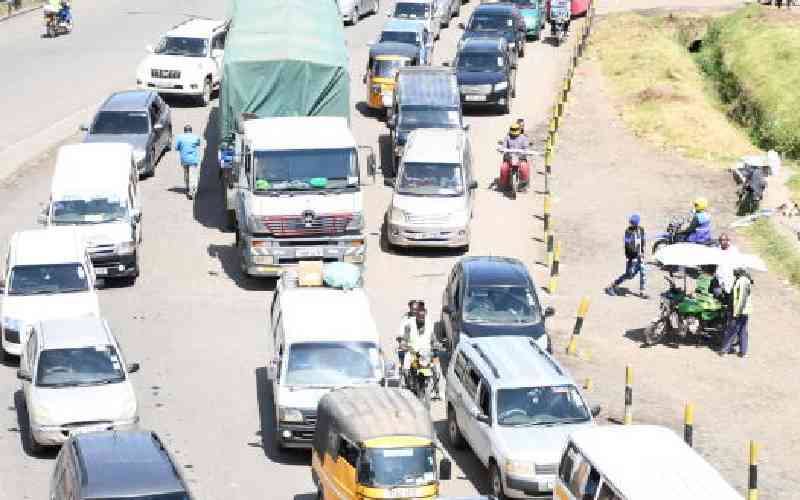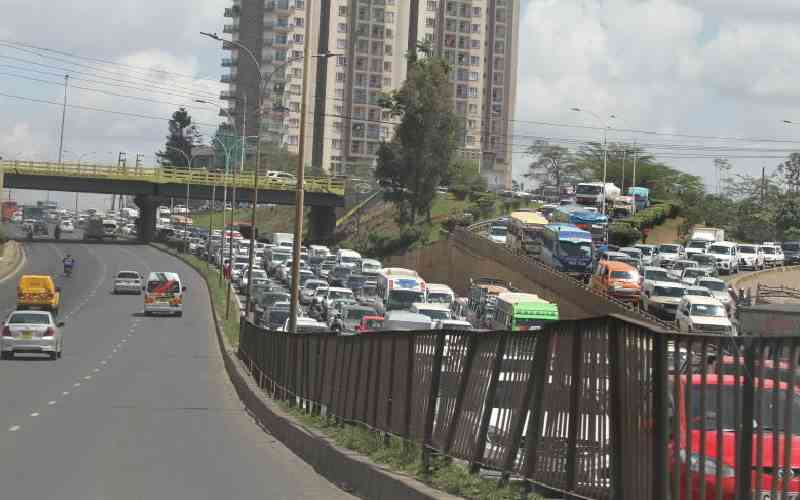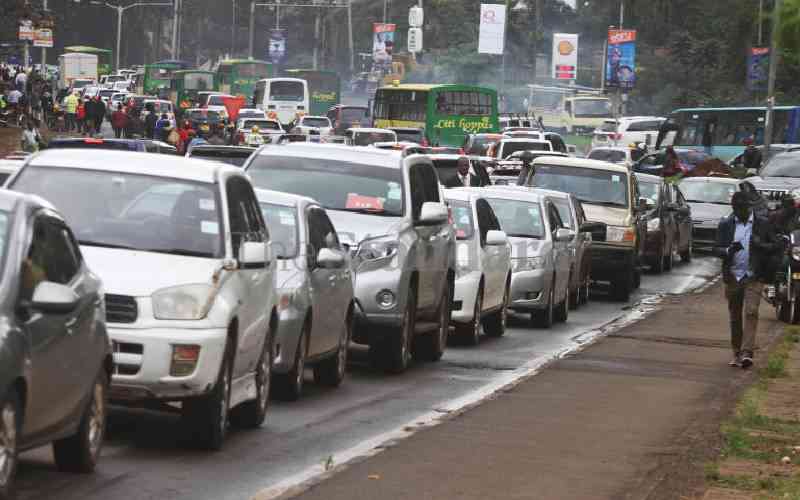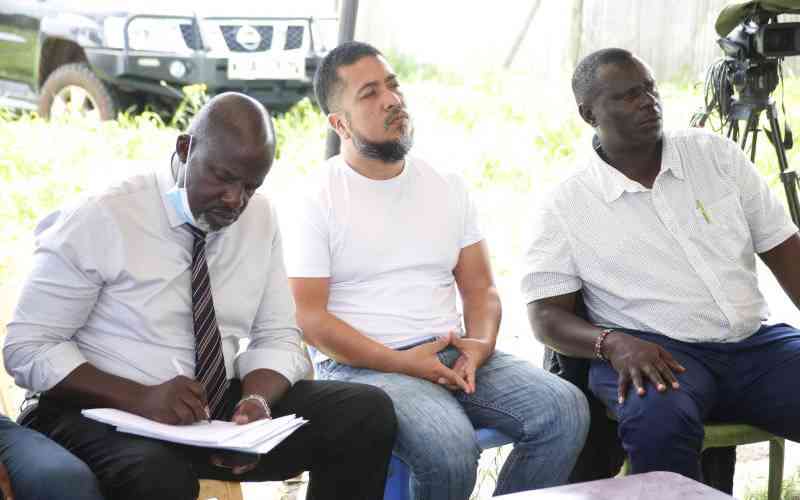By APOLLO MBOYA
The insurance industry through their umbrella body, Association of Kenya Insurers (AKI) have been clamouring for the amendment of the Insurance (Motor Vehicle Third Party Risks), Act Cap 405 since the year 2008.
In the year 2009, they achieved partial success when the Minister of Finance through a gazette notice introduced section 5(b) to Cap 405 capping damages at Sh3 million for claims by motor vehicle passengers. This change in law was and remains unconstitutional and can be challenged on that basis.
Despite this, the courts still award more than Sh3 million for Road Traffic Accident (RTA) cases because most of the insured are exposed to execution for over and above that amount. The Insurance Companies responded by increasing premiums cover in excess of the Sh3 million for passengers injured or death caused by the insured vehicle.
The Insurance Motor Vehicle Third Party Risks (Amendment), Bill 2013 pending before the National Assembly proposes to make amendments to Cap. 405 to introduce a schedule of structured payments of compensation to provide a maximum compensation in respect of death or fix compensation for each body part based on individual income levels, nature and extent of injury sustained and lower insurance premiums.
What is the theoretical framework for the proposed amendments? Will the proposed amendments and the structured compensation liability serve the best interest of the public?
Can a no-fault system which does not require one to prove liability before being compensated, work in Kenya where the legal system is based on common law requiring one to sue the vehicle owner to prove liability?
Proponents of the amendments argue that the current law gives a blank cheque to police, lawyers, doctors and judicial officers to settle fraudulent claims. The Bill proposes a scheme (also known as the ‘No fault plan’) of uniform compensation in cases of death resulting from an accident for all categories of victims.
Unlike the current system where the driver who caused the accident pays for the injuries sustained by the other driver, even the driver who caused the accident is expected to benefit from the Bill thereby discouraging good driving.
The scheme has been tested in other jurisdictions. According to a study conducted by James Anderson of RAND Corporation in the United States, it was established that the ‘no fault’ insurance scheme in most US States failed to deliver its promises of lowering premiums and reducing court expenses. The study showed an increased court costs because of the attendant rising costs of medical claims by the injured.
The problem of inadequate compensation was being transferred to the medical insurance schemes. The ‘no fault’ insurance scheme brings with it ‘the law of unintended consequences’ and the best example is that of transferring the problem to the medical insurance scheme.
Lawmakers in the United States had initially thought that the scheme would provide fair compensation, reduce cost of administration and court litigations. Years later, they discovered that the opposite is true.
In terms of statistics, in the year 2004, the injury costs were estimated at 73% compared to 12% in 1987. Drivers had higher claim costs in States that restricted lawsuits in comparison to States that allowed lawsuits to be filed.
Structured settlement
In 1979, Canada became the first country to introduce laws allowing structured settlement compensation although some provinces in Canada had optional structured settlements in certain types of claims depending on the on the personal circumstances of each claimant.
Stay informed. Subscribe to our newsletter
The claimants are left free to say why a structured settlement is not in their best interest and courts sometimes impose a structured settlement on the claimant if it is the best settlement. In the United Kingdom, the courts may make an order for a structured settlement to form all or part of the damages awarded with the consent of the parties.
In New Zealand, the State pays compensation through a ‘no fault’ national compensation system by the 1974 Accident Compensation Commission pursuant to a schedule in the Accident Compensation Act of 1982 but it is nowhere near what is being proposed by the current bill since the conditions in Kenya are not similar to those in New Zealand.
In New Zealand, nobody takes responsibility for the safety of another because the road conditions and the laws in place in New Zealand favour that kind of scheme.
The bill is mischievous because it will limit the level of compensation, interfere with the pecuniary jurisdiction of the court by introducing capping, oust the jurisdiction of the court in RTA cases and give the ultimate decision on what to pay in respect of RTA injury and fatal claims to the insurers, creating a confused system that will lead to desperation and frustration among accident victims.
In addition to denying victims legal representation and the right to choose between the scheme and litigation, the bill also undervalues certain degrees of disablement and requires the National Assembly to continuously review the figures taking into account inflationary factors.
Faster reforms in the judiciary and the police and tighter controls within the insurance industry are what is required for dispensation of justice instead of giving power to insurers to settle claims based on their goodwill.

The writer is Secretary/CEO Law Society of Kenya.
[email protected]
 The Standard Group Plc is a
multi-media organization with investments in media platforms spanning newspaper
print operations, television, radio broadcasting, digital and online services. The
Standard Group is recognized as a leading multi-media house in Kenya with a key
influence in matters of national and international interest.
The Standard Group Plc is a
multi-media organization with investments in media platforms spanning newspaper
print operations, television, radio broadcasting, digital and online services. The
Standard Group is recognized as a leading multi-media house in Kenya with a key
influence in matters of national and international interest.
 The Standard Group Plc is a
multi-media organization with investments in media platforms spanning newspaper
print operations, television, radio broadcasting, digital and online services. The
Standard Group is recognized as a leading multi-media house in Kenya with a key
influence in matters of national and international interest.
The Standard Group Plc is a
multi-media organization with investments in media platforms spanning newspaper
print operations, television, radio broadcasting, digital and online services. The
Standard Group is recognized as a leading multi-media house in Kenya with a key
influence in matters of national and international interest.










